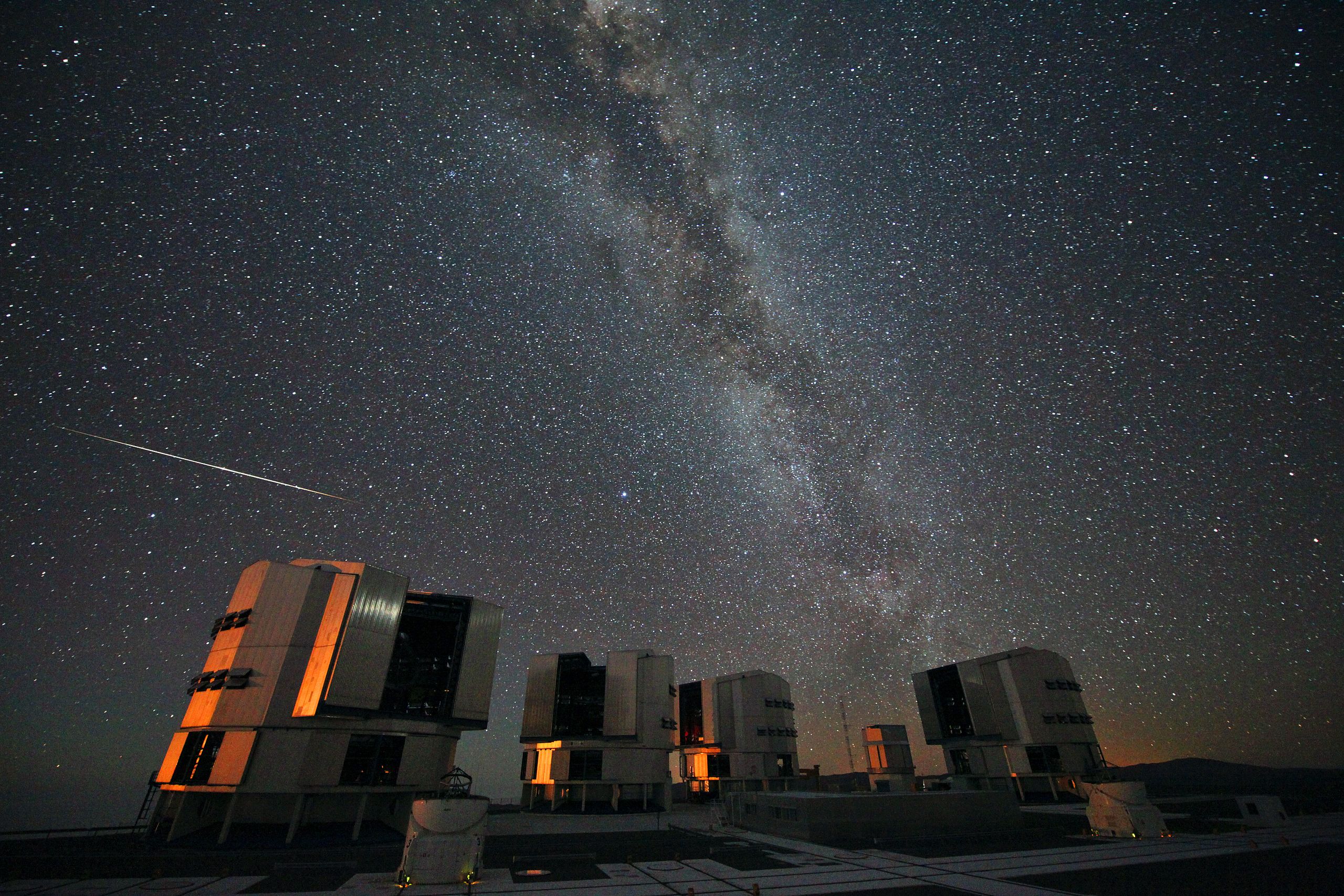
What You Need to Know About the 2021 Perseid Meteor Shower
Note: This is an update of a blog post I created several years ago for an earlier version of my website.
The most famous display of its kind, the Perseid meteor shower often puts on a spectacular show. This year should be a good year to observe the Perseids because the Waxing Crescent Moon will set shortly after 10:30 pm and not interfere with viewing meteors during the peak hours of the shower. Of course local weather conditions and interference due to smoke from wildfires may make viewing conditions less than favorable.
The peak of the Perseids typically occurs in the early morning hours of August 13, but this annual display of bright, fast-moving meteors actually begins several weeks before the peak and builds to a climax on August 12 before quickly tapering off in intensity. Look for meteors the nights of August 11-12 and 12-13 although it is possible to see Perseids throughout the last two weeks of July and the first part of August.
The shower—produced by Earth’s passage through debris scattered along the orbit of the periodic comet 109P/Swift-Tuttle—is impressive to view, but all the more remarkable when one considers that the source of the speeding luminous streaks are tiny grains of dust careening into the upper atmosphere at approximately 130,000 miles per hour. Friction with the molecules in our atmosphere is violent enough to heat the dust flecks to the point of incandescence and vaporize them (typically at altitudes of 35 to 45 miles) producing a superheated tube of ionized gas colloquially called a “shooting star.”

From our vantage point on Earth, the Perseid meteor trails can be traced back to a point of intersection called the radiant. For this particular shower, that point is located in the constellation Perseus (the hero who rescued Andromeda and slayed the Medusa) and thus gives the shower its name. The radiant is purely an optical illusion—the debris stream is actually a wide path Earth crosses over about a month’s time—but this stream appears to vanish at a point in the distance just like the rails of a railroad track appear to converge at the horizon even though the tracks are parallel.
Meteor showers are one of the great free shows in astronomy. They require no special equipment and can be enjoyed by everyone at the same time. All you need is a dark observing location with an unobstructed view of the sky (the idea is to see as much of the sky as possible, so buildings and trees should be avoided). A comfortable chaise lounge chair or reclining lawn chair provides the most comfort and keep you off the cold, hard ground. Since you’ll sky, a regular lawn chair may lead to a stiff neck very quickly. Hence, the reclining lawn chair or blanket.
Although it is summer in North America, you may need a light jacket if it gets chilly in the early morning hours (a good rule of thumb is the dress as if it is going to be 20° colder than expected). It is always easier to remove layers if you get too warm than to try and get warm if you have too few layers of clothing. Snacks and something to warm to drink never hurt, either, although be warned that alcohol diminishes night vision. A good bug spray may be a necessity, too, as we are talking about the Dog Days of summer and the mosquito population may be quite abundant. The bottom line is to make yourself comfortable and enjoy yourself. How you accomplish that is up to you.
“I would rather be ashes than dust! I would rather that my spark should burn out in a brilliant blaze than it should be stifled by dryrot. I would rather be a superb meteor, every atom of me in magnificent glow, than a sleepy and permanent planet. The proper function of man is to live, not to exist. I shall not waste my days in trying to prolong them. I shall use my time.”
— Jack London
An unobstructed view of the entire sky is best to enjoy this display. Once the sky has darkened, the shower radiant can be found just above the horizon low in the east. This is a great time to watch for the “Earth grazing” meteors that streak along the horizon or disappear below your eastern horizon. Pay attention, though, as meteors can be seen anywhere in the sky and often silently blaze paths that extend over a quarter of the sky far away from the northeastern horizon.
Occasionally a meteor brighter than the planet Venus, called a fireball, will slip across the sky leaving a smoky trail to mark its passage. As the fireball disintegrates you may even hear a sizzle or explosion (an exploding meteor is called a bolide.)
As the evening progresses, the radiant will climb higher into the eastern sky (due to Earth’s eastward rotation) improving the chances of seeing meteors after the midnight hours. There are two reasons for the more favorable view after midnight: early in the evening the radiant is near the northeastern horizon and roughly half of the meteors will streak towards the east quickly disappearing below the horizon, and after midnight Earth has rotated sufficiently for its night side to now plunge head-on into the meteor stream. For those willing to stay up until 3 a.m. or later, the most favorable view comes in the wee small hours of the morning when the radiant approaches the point directly overhead and meteors fan outward to cover the whole sky.
Photo: A Perseid meteor photographed over the European Southern Observatory’s VLT in 2010. Courtesy of ESO/S. Guisard under the Creative Commons Attribution 4.0 International license.
